Common conditions
If you, a relative or someone your know has leg and foot conditions it’s important that you do something as early as possible to prevent the condition getting worse.
These are some of the early signs and symptoms to look out for.
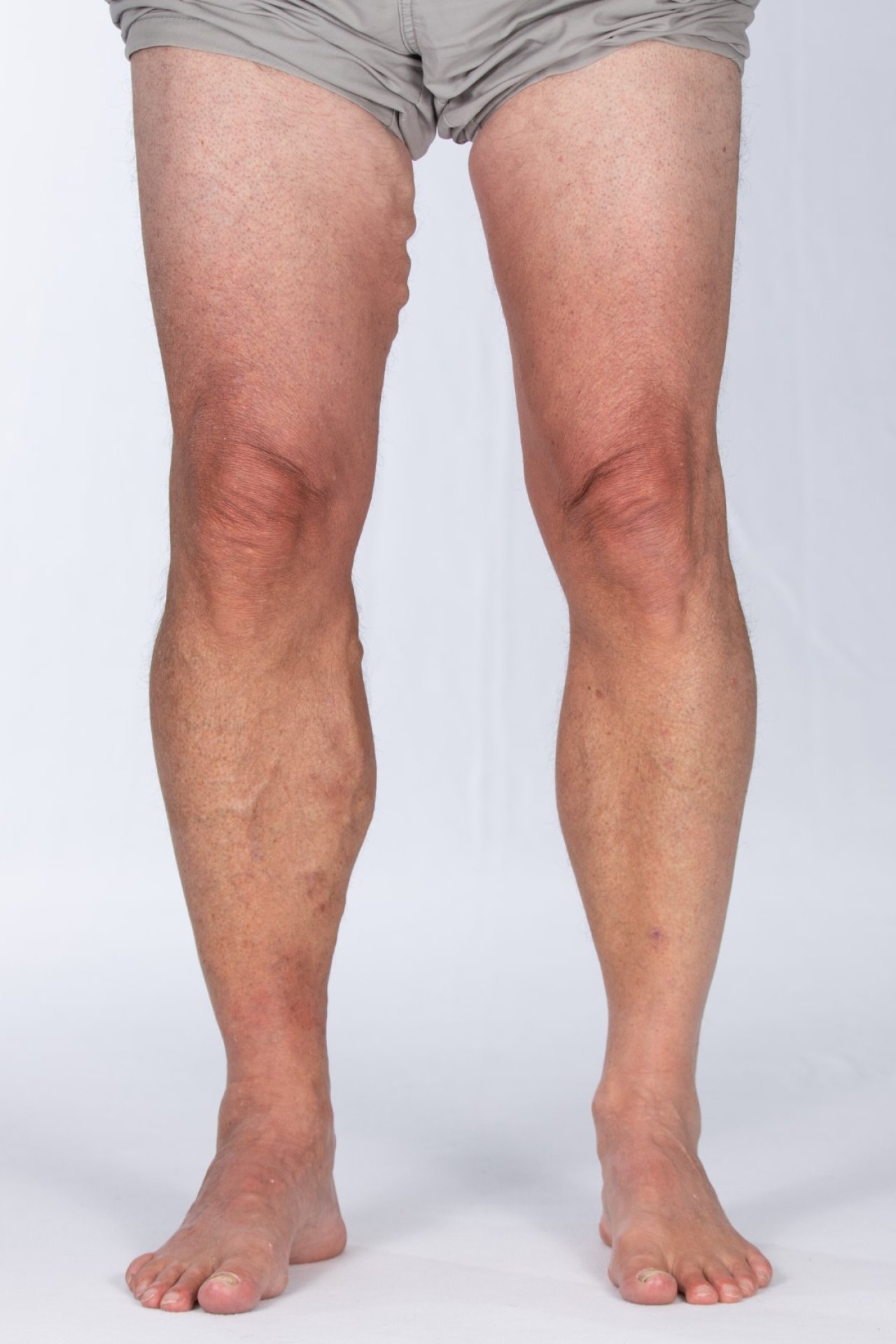
Varicose veins
Leg veins become much more visible and can be seen above the skin. They look blue/purple in colour. The veins or the entire leg may ache, itch or feel heavy. The bulging veins feel tender to the touch.
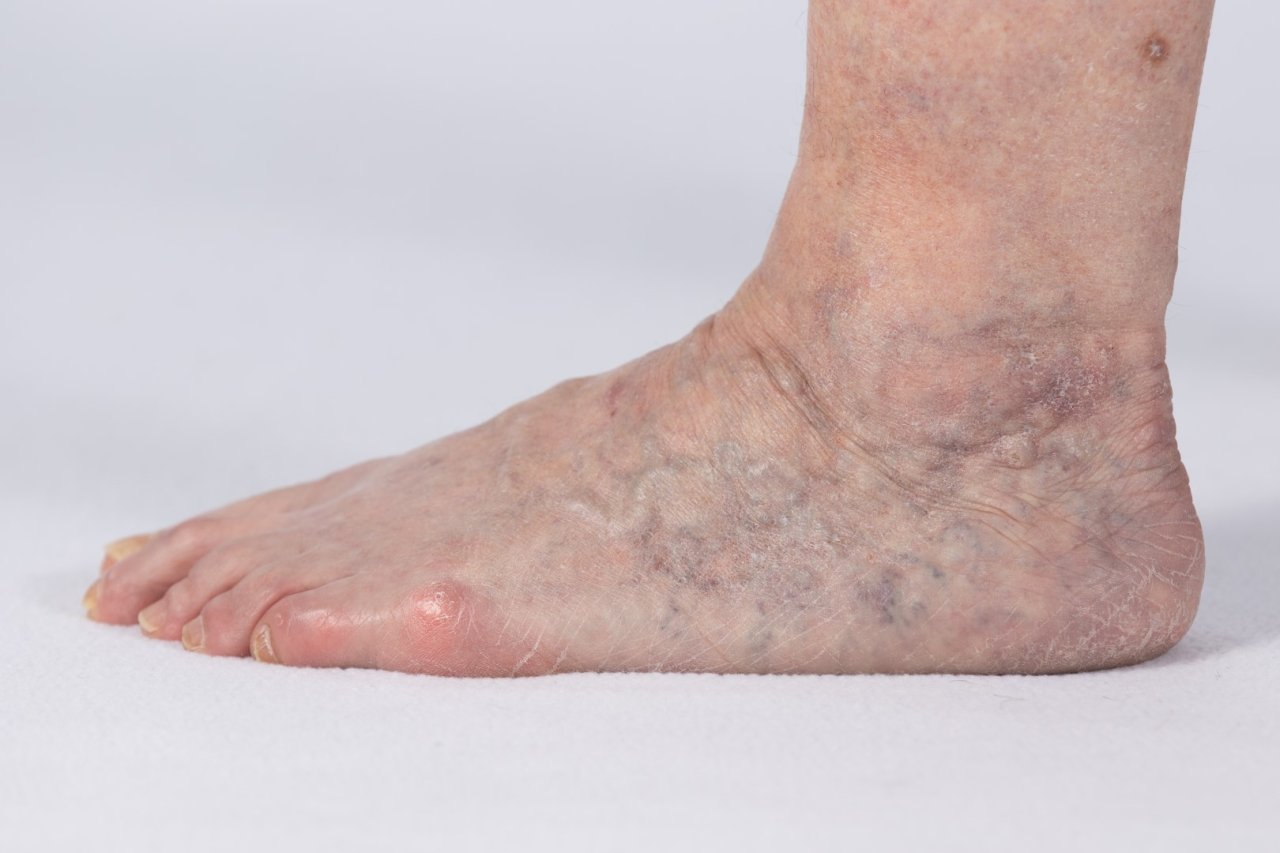
Ankle flare
A collection of tiny veins on the ankle or instep of the foot that show a reddish tone to the skin, which fade when pressed by a finger.
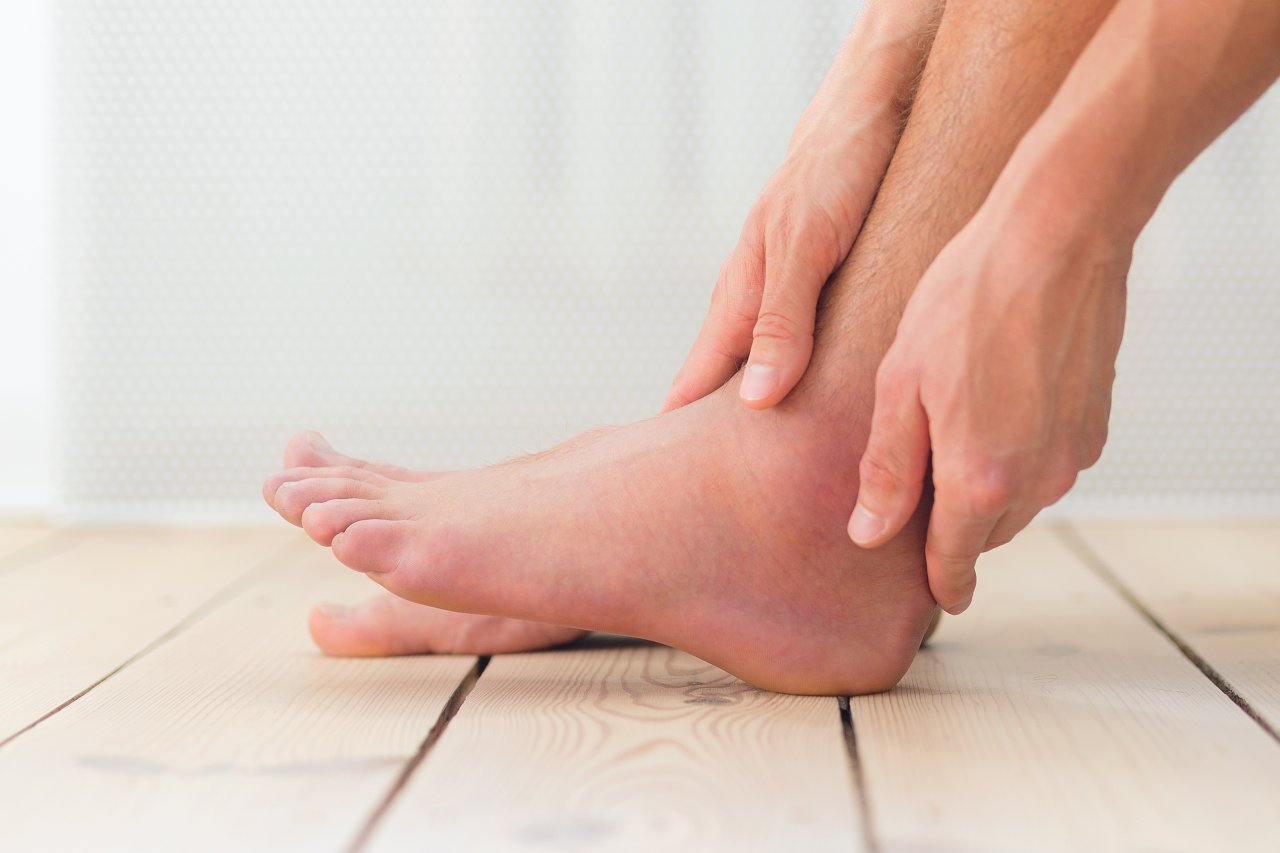
Tired achy legs
Legs feel heavy and ache at the end of the day or when you’ve been standing for a while. The tired, heavy feeling is often relieved by putting your feet up.
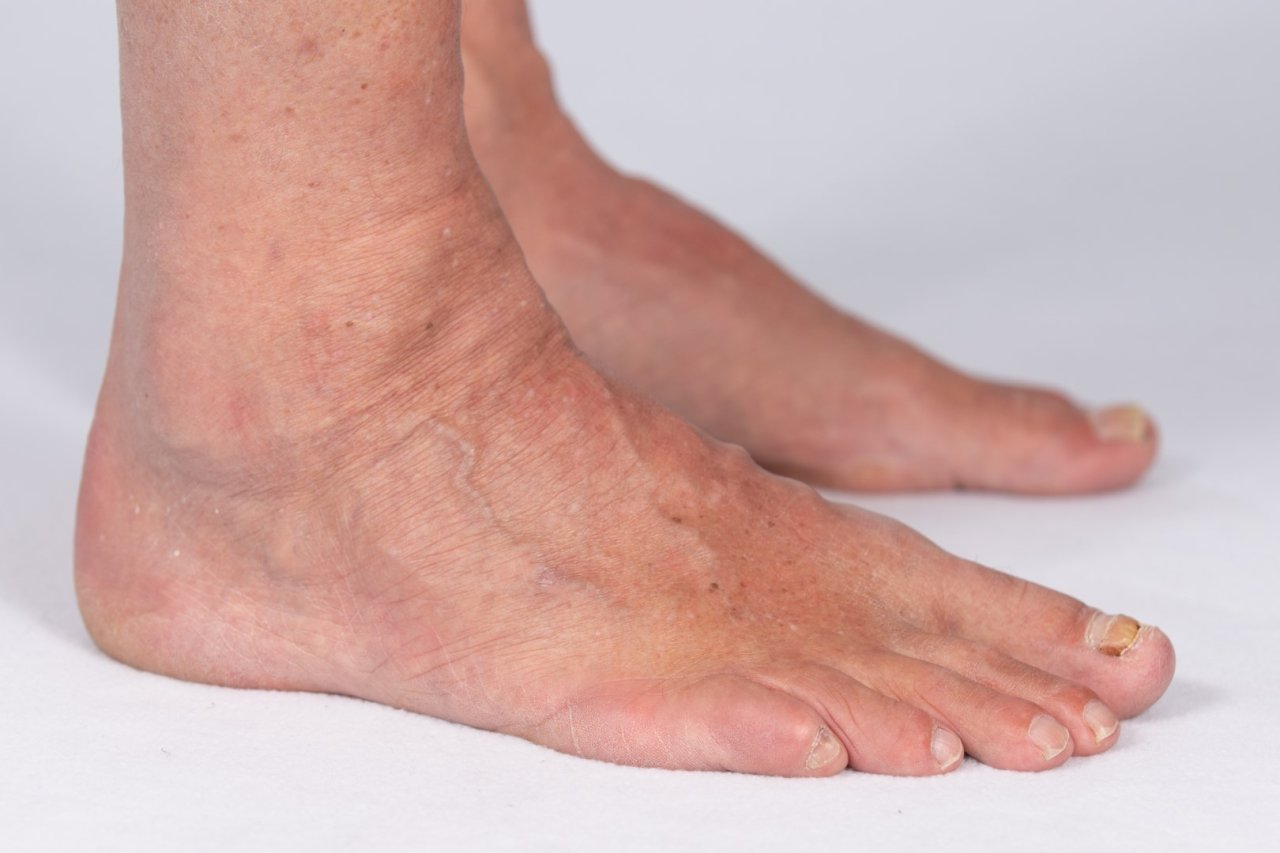
Swollen legs and feet
On occasion legs and ankles can become swollen and feel uncomfortable. This is known as oedema and it happens when fluid in our lower legs or feet has trouble returning back up through the body.
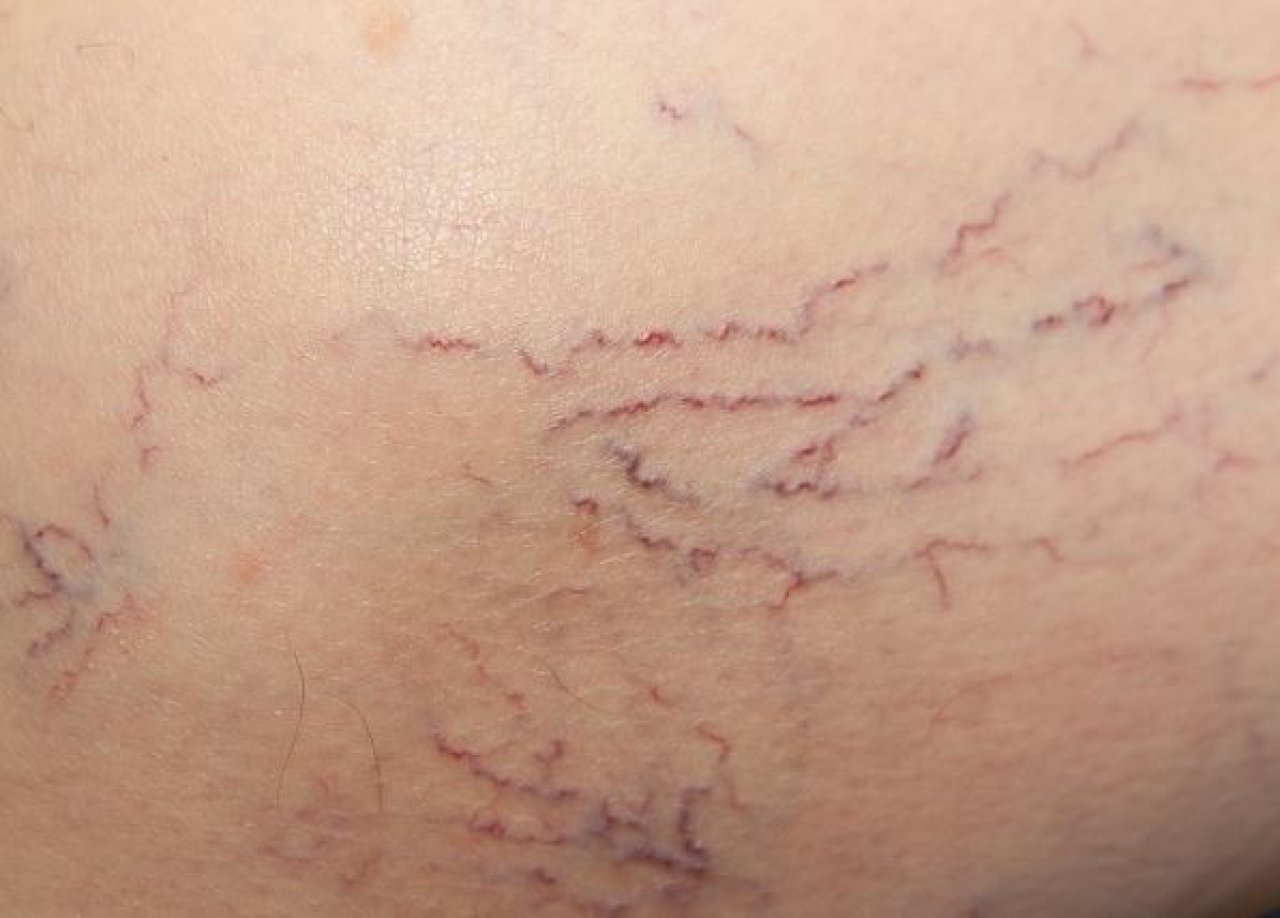
Spider and Superficial Veins
Spider veins are a web of thread like veins which are visible on the surface of the skin and are generally not painful
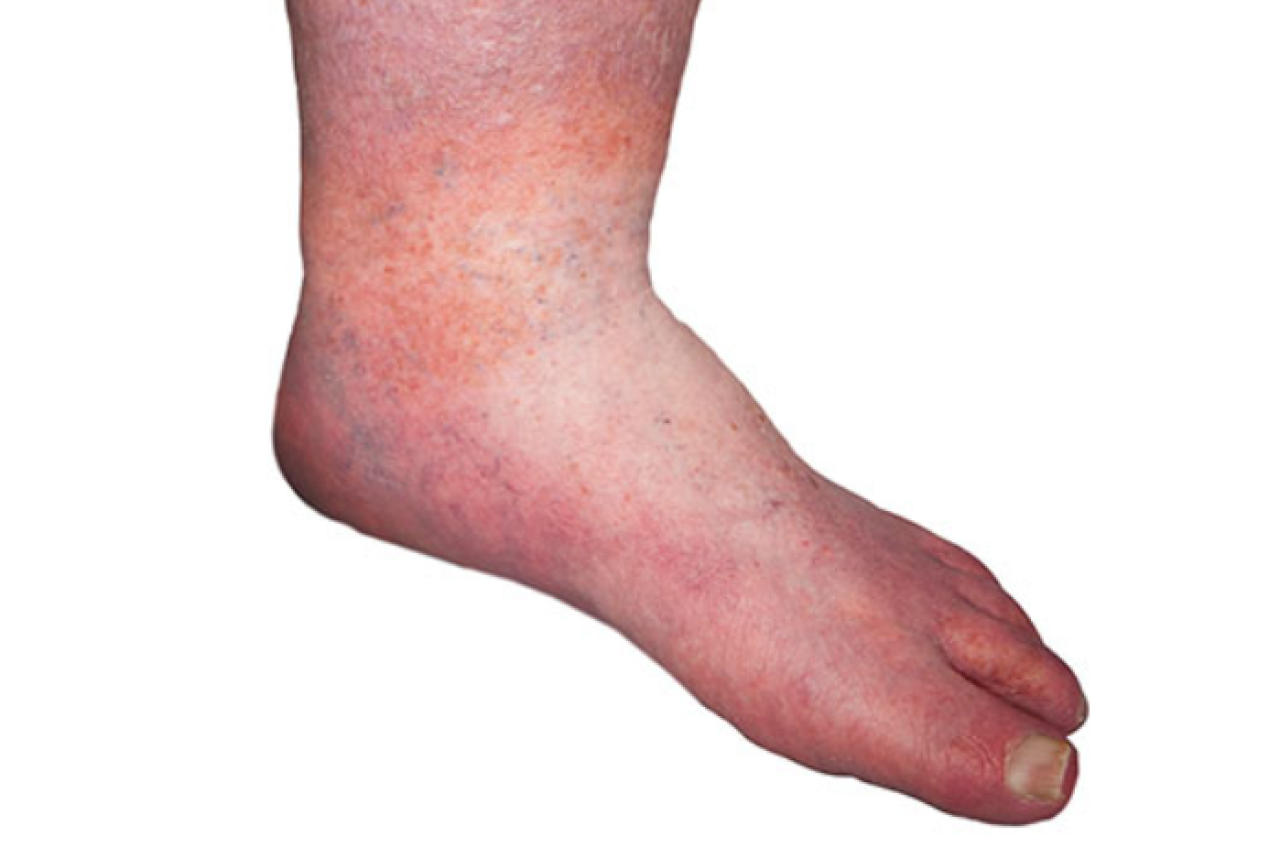
Reddish/brown staining
As we get older our skin may lose its softness, elasticity and smoothness. You may notice unusual changes such as reddish/brown staining above your ankles.
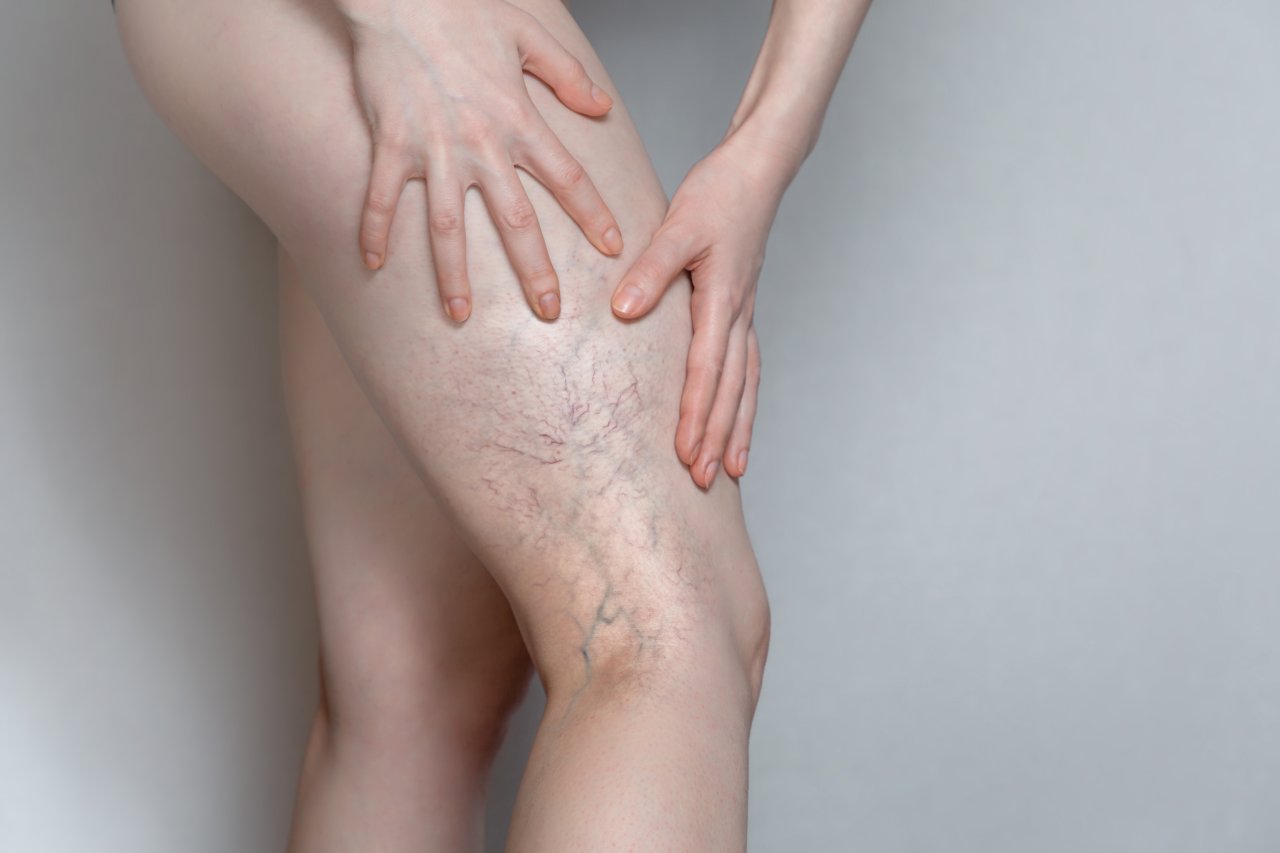
Thrombosis in pregnancy
Thrombosis is when a blood clot narrows or blocks a blood vessel. Thrombosis is one of the more common complications of pregnancy.
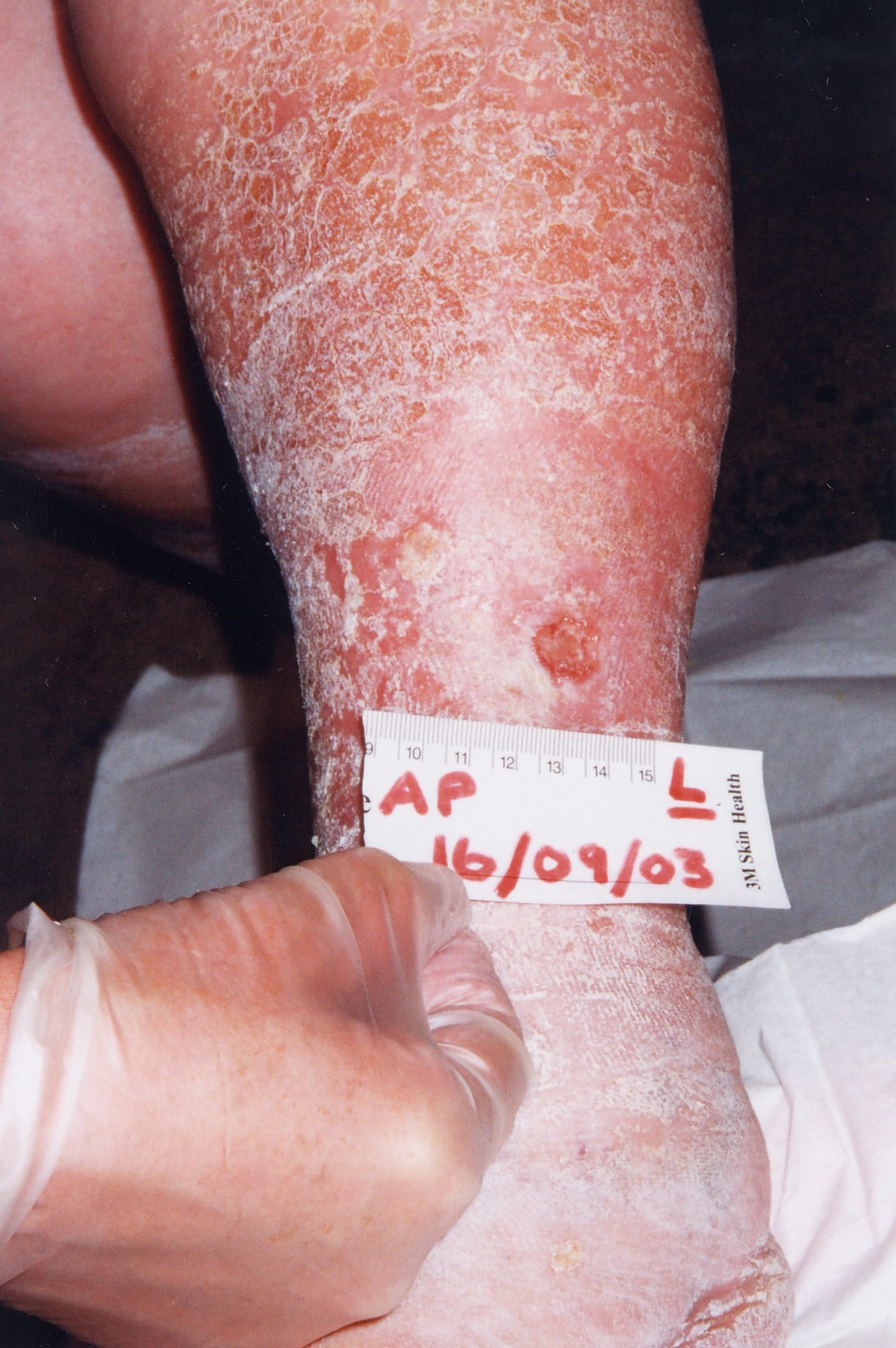
Scaly, itchy or dry skin
Thickening of the top layer of the skin gives a scaly appearance. The flaky skin can be prone to infections and feel itchy. This can range from a mild dry skin to a more severe thickening giving large thick flakes of skin (this is also known as hyperkeratosis).
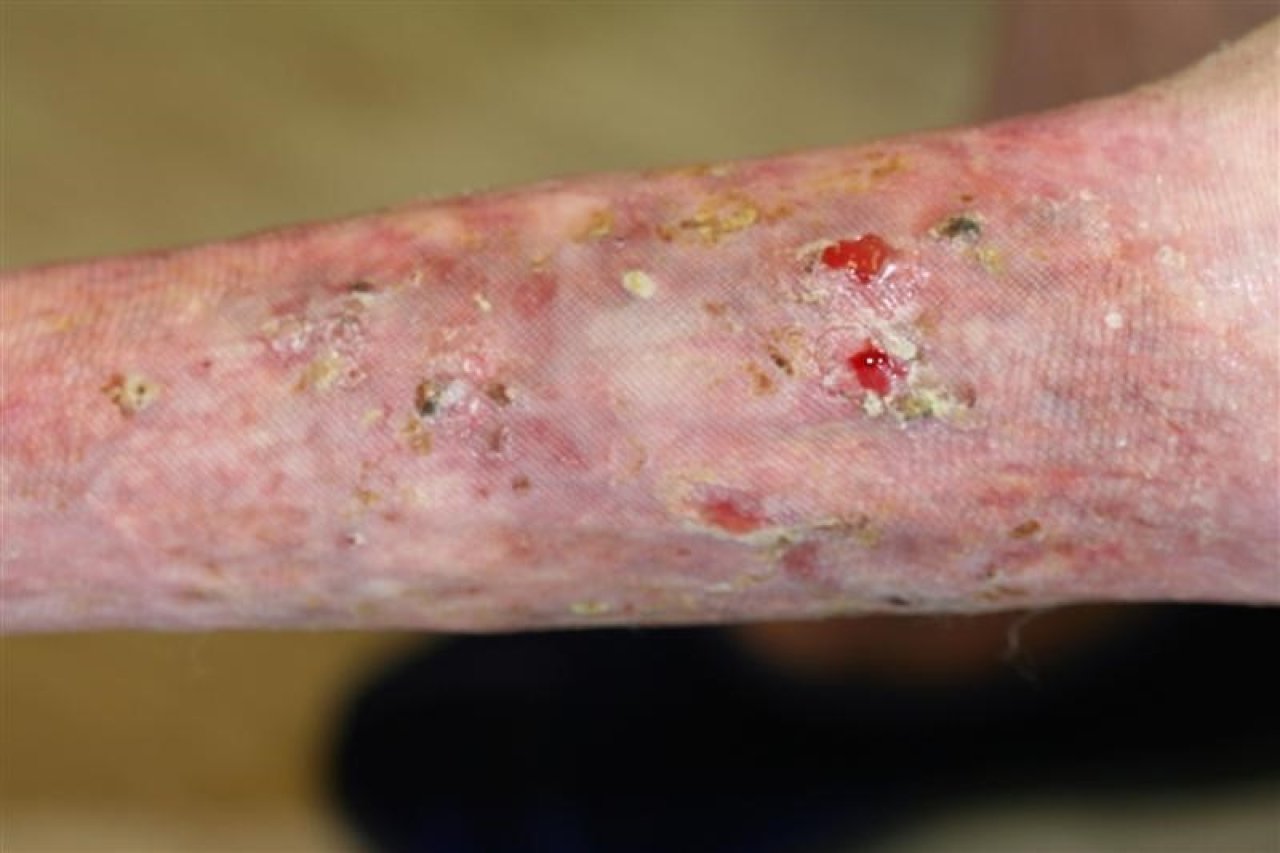
Varicose eczema
Small cracks in the skin due to scratching or tissue breakdown. It’s usually red and very itchy with scaly patches, and occurs above the ankle.
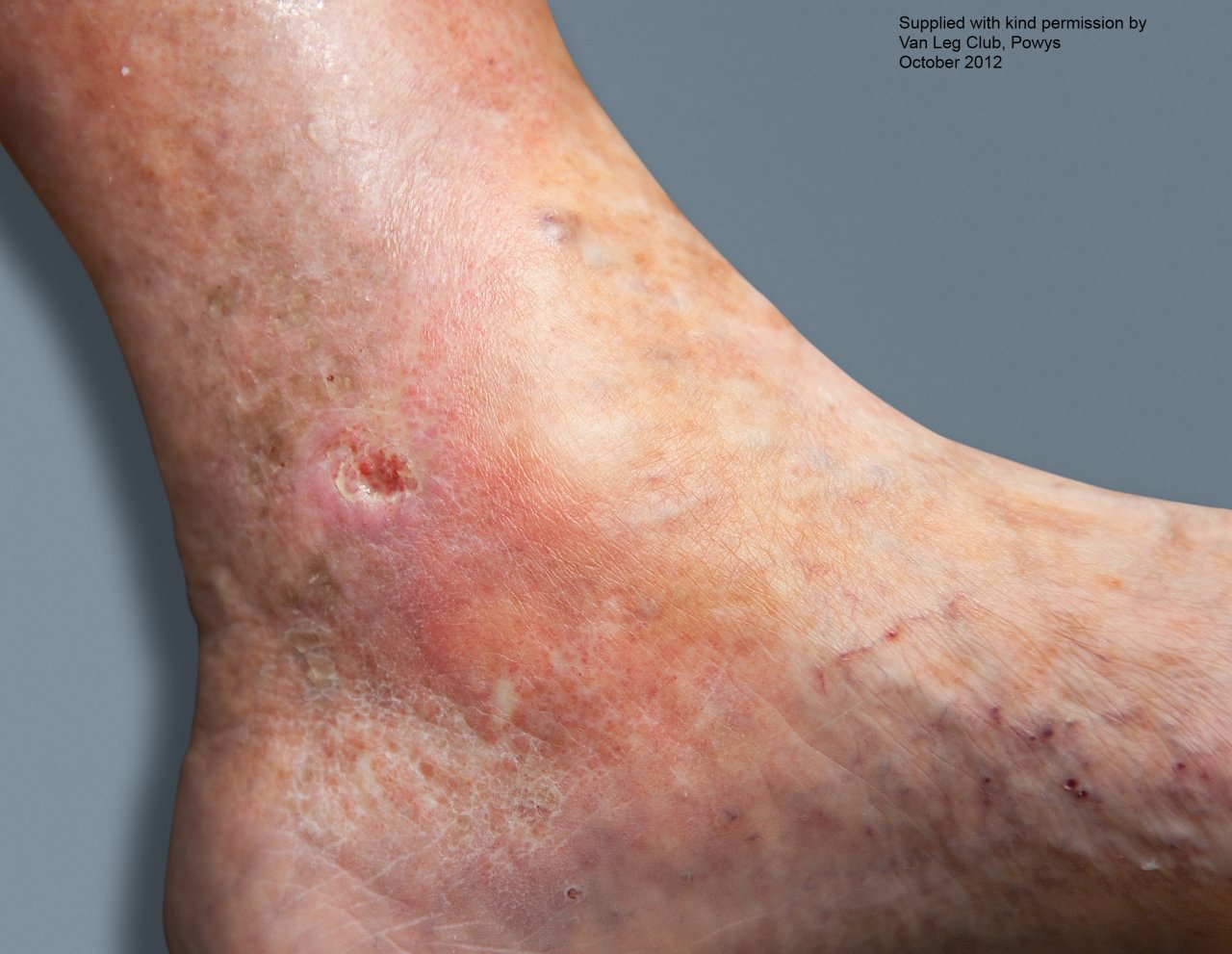
Venous Leg Ulcer
A leg ulcer is an open wound below the knee or on the foot which fails to heal after two weeks. It is unlikely to get better without treatment from a nurse or GP.
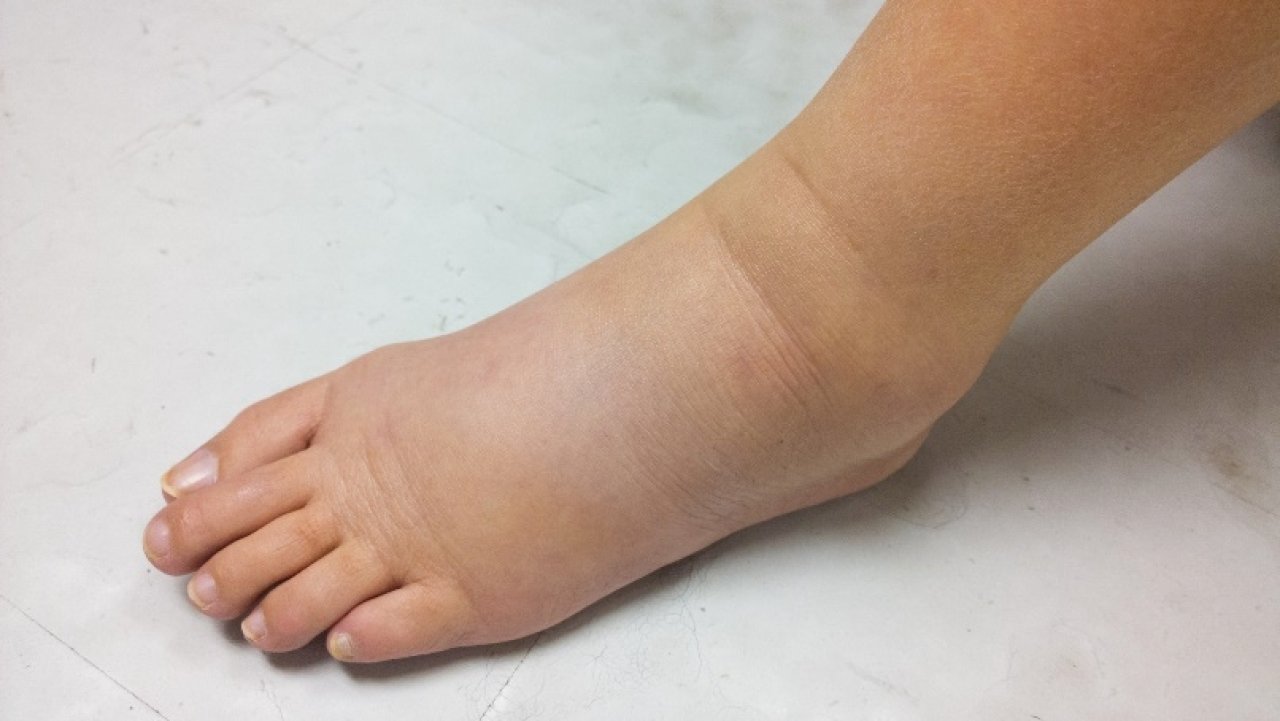
Lymphoedema
Lymphoedema is a build up of fluid in the tissues (called lymph), presenting as a chronic swelling in the affected area. It occurs either because of a genetic abnormality or more commonly it is caused by cancer treatment, severe venous disease or injury.